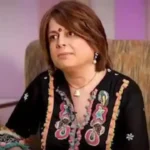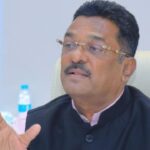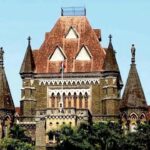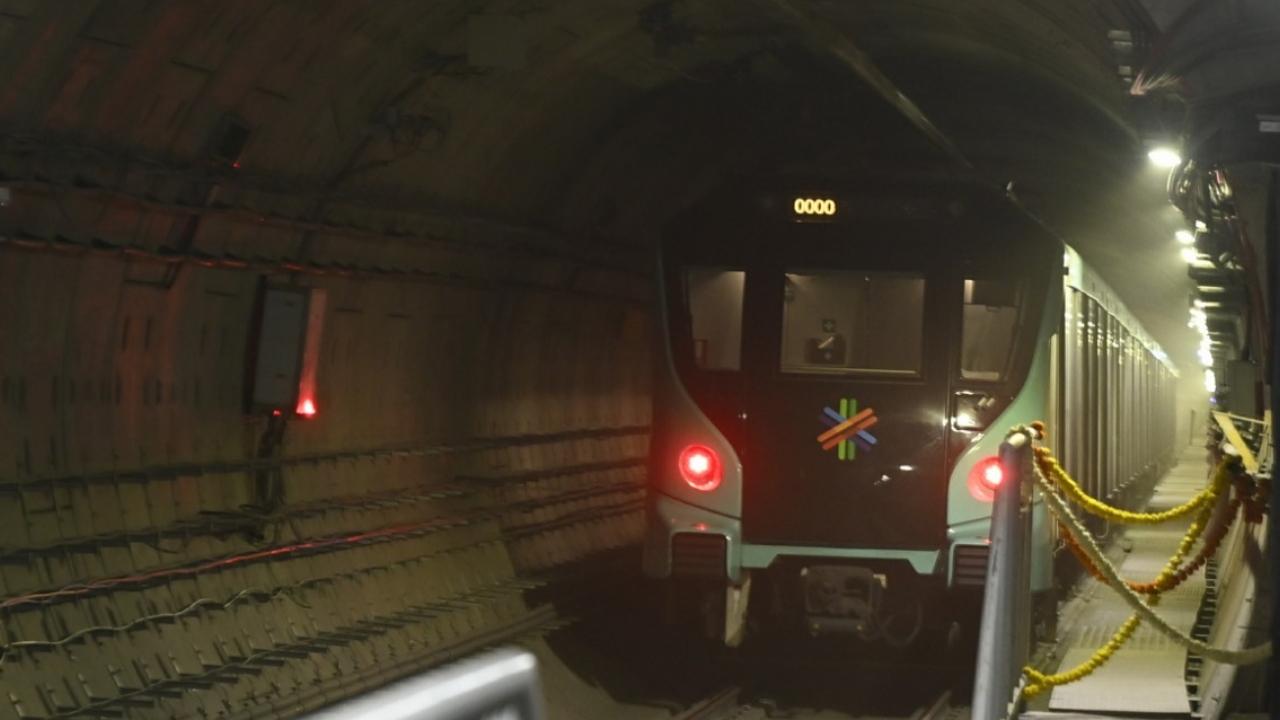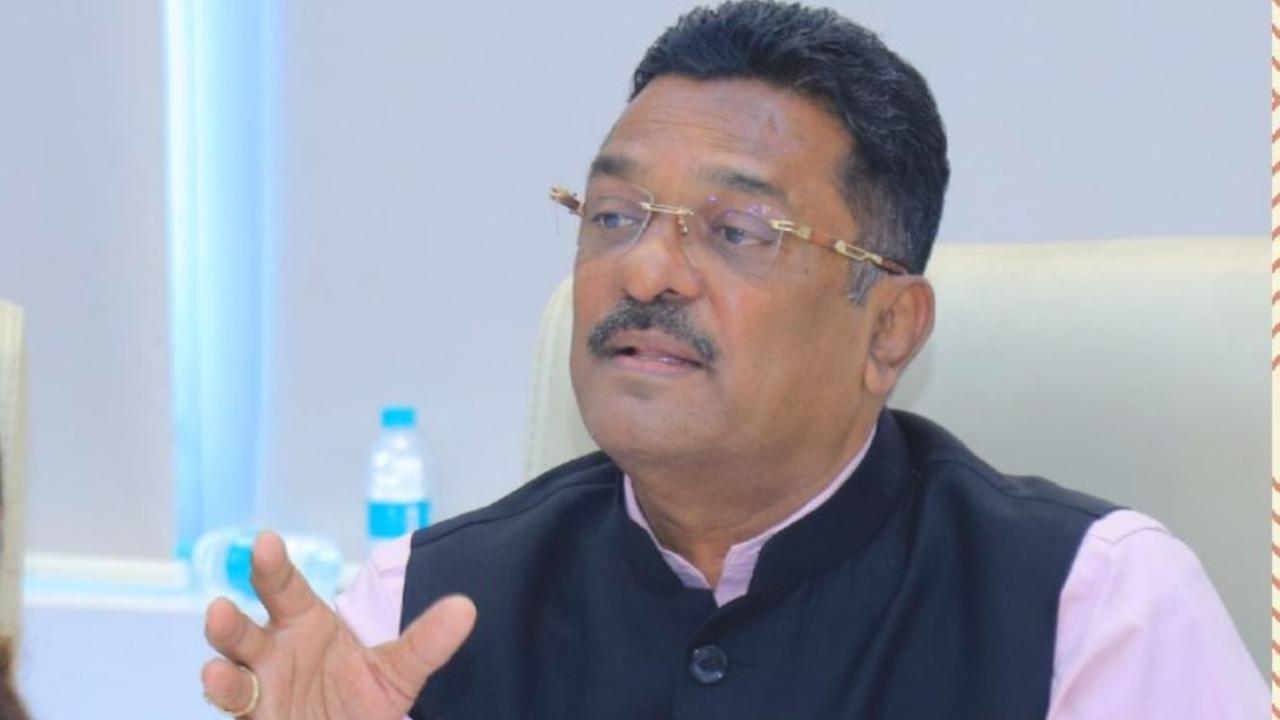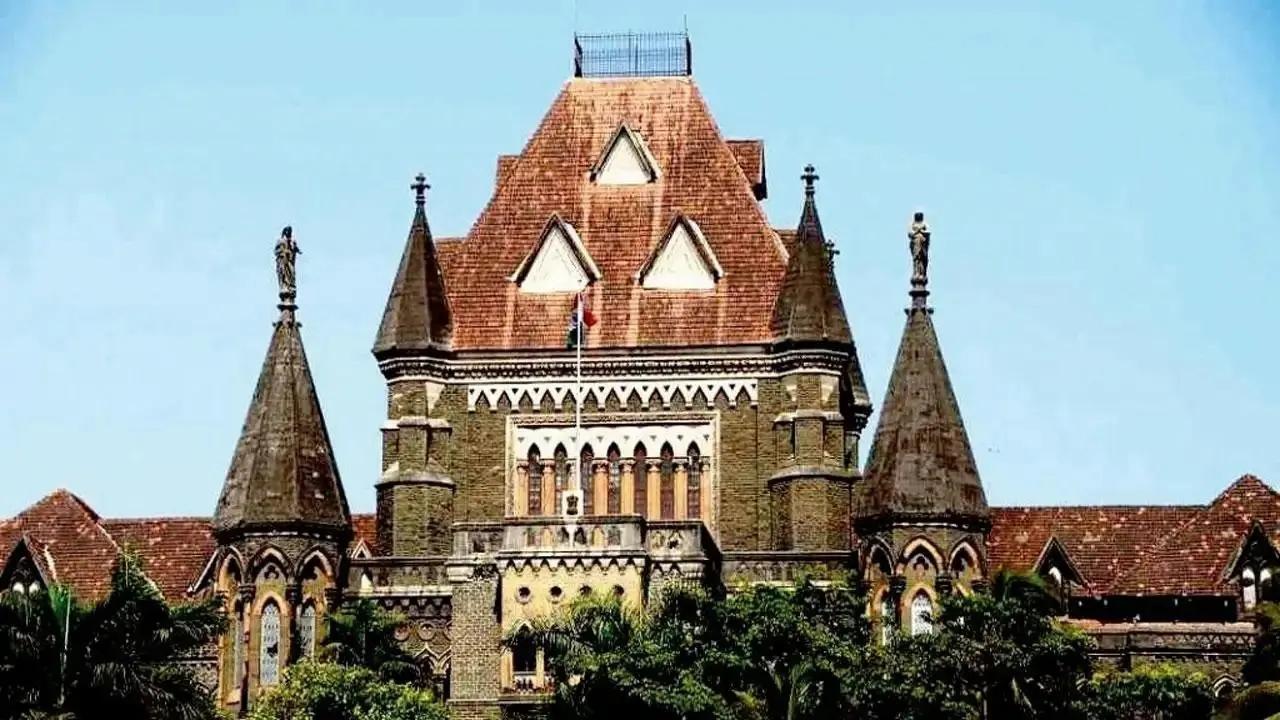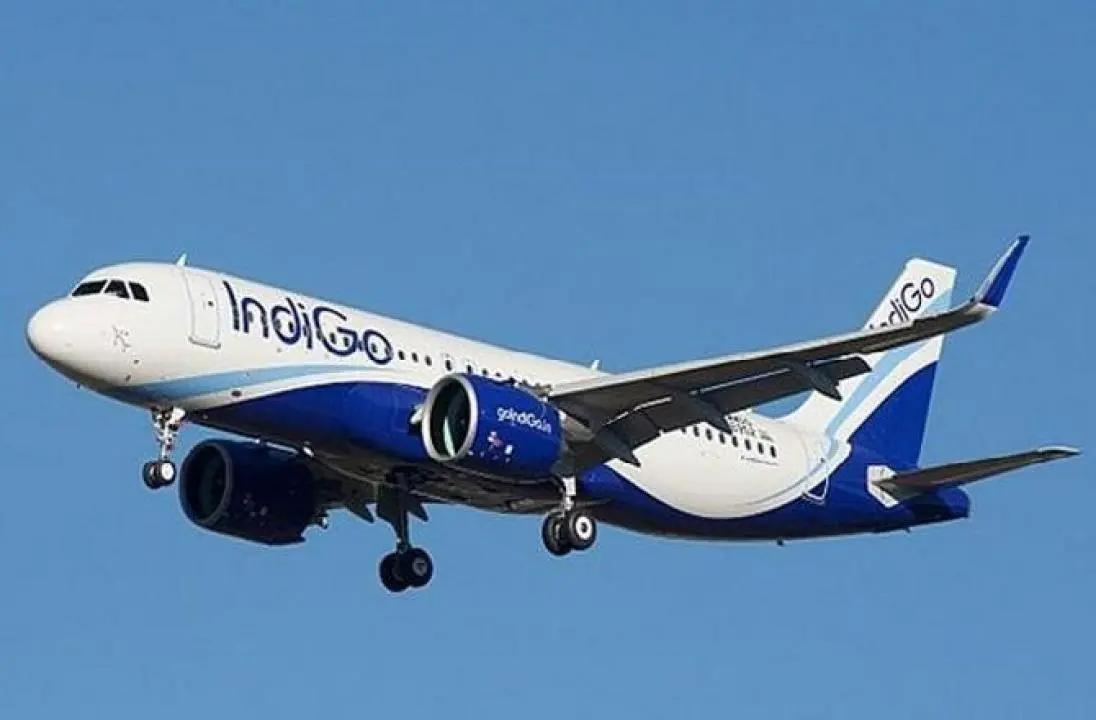They came to Mumbai not as tourists but as torchbearers of a cause. For thousands of Maratha farmers and villagers from Marathwada, this was their first step into India’s financial capital — a city they had only heard of in passing but never imagined visiting. Wide tar roads, towering high-rises, and organised traffic stood in stark contrast to their own mud paths and dimly lit hamlets. Yet, beyond the awe and curiosity, their purpose was clear: to rally behind activist Jarange Patil in what they call a “do or die” fight for the reservation. Carrying the weight of debts, broken promises, and the future of their children, they arrived with one voice — “Ek Maratha, Lakh Maratha” — determined not to leave until justice was secured.
“I never dreamt of visiting Mumbai in my entire life. But if it weren’t for Jarange Patil and the Maratha Morcha, our villagers would never have come here,” said Venkat Hamburde, 36, a soybean farmer burdened with a loan of over Rs 2 lakh — a weight he carries daily, as farming is his family’s only livelihood.
Protesters gather inside CSMT station as part of the Maratha quota stir. Pic/Ashish Raje
“We’re amazed to see the wide tar roads and towering high-rises — things we’ve only heard of but never seen,” he added, his voice filled with wonder.
For Venkat, this fight is not just about the present but the future. That’s why he’s here — shouting slogans like “Aarakshan aamcha hakkacha, nahi kunachya baapacha” (Reservation is our right, not anyone’s father’s) — standing firm in a struggle he believes will decide the fate of his children.
Supporters rallied behind activist Jarange Patil, shoulder to shoulder in what many described as a “do or die” battle for justice. “If we don’t stand up today, our future generations will be left with nothing,” said one protester. “We trusted the government last year, but not this time. We won’t leave Mumbai until we get what’s rightfully ours,” added protesters from Latur.
The powerful slogan “Ek Maratha, Lakh Maratha” echoed across protest sites, not just as a chant but as a symbol of unity, pride, and shared struggle.
“We trusted the present government once, but they did not take us seriously. While they started issuing Kunbi certificates to some, many were denied. In some families, the elder brother got a certificate, while the younger one was refused. This is nothing short of betrayal. That’s why we stand with Jarange Patil — he is the only one fighting for our rights,” said Balaji Zadke, a farmer and social worker from Nanded.
He pointed out that Marathwada in Maharashtra, comprising eight districts — Aurangabad (renamed Chhatrapati Sambhajinagar), Beed, Jalna, Latur, Nanded, Osmanabad (renamed Dharashiv), Parbhani, and Hingoli — all have large Maratha populations who feel deprived of their rightful reservation benefits.
Village vs city
“We don’t have wide tar roads in our village — only mud and stones. For many of us, this is the first time seeing such huge buildings and organised traffic. In our village, there are no streetlights; we use torchlights to walk after dark. Police are hardly seen except during functions,” said Satish Shinde, a postgraduate in Computer Science now working as a farmer in Khandala village.
“But what we do have is openness. In the city, people live crammed in concrete houses, rushing through life. In villages, even if one family doesn’t cook, others step in to feed them. That sense of community is priceless, and for us, village life will always be better,” he added.
Mumbai, Lalbaug darshan
The protesters, who had never visited Mumbai before, also wished to see the city’s landmarks. “We don’t want to miss visiting the Gateway of India and the seashores of Mumbai,” said protesters from Nanded.
When asked about Ganesh Chaturthi, Ajit Amburde replied, “Each of our villages has one Ganesh pandal. Since we are in Mumbai, youngsters and elders back home are continuing the celebrations. If the issue gets resolved, we’ll return quickly. If not, we’ll join the Lalbaugcha Raja immersion procession.”

